ZTE is back with their latest flagship smartphone, the ZTE Axon 40 Ultra. Packing the latest in terms of hardware, the launch of this phone puts it squarely in competition with other flagship handsets of 2022. We’re talking about popular devices like the Samsung Galaxy S22 Ultra, which is one of the more premium handsets of the year, as well as the newer Poco F4 GT, which offers flagship hardware at an affordable price. The Axon 40 Ultra falls somewhere in the middle with a premium build and some compelling hardware, but without stepping close to the $1,000+ price tags that some flagship devices demand.
So, with the ZTE Axon 40 Ultra, the company definitely has their work cut out if they’re hoping to carve out some market space in today’s highly-competitive landscape. The question is, have they succeeded? And also just as important, is the Axon 40 Ultra worth getting compared to the competition? Let’s take a look and find out.
ZTE Axon 40 Ultra Specifications
- 6.8-inch AMOLED HDR10+ display
- 2480×1116 resolution
- 120Hz refresh rate
- Qualcomm Snapdragon 8 Gen 1
- 8-12GB of RAM
- 128GB-1TB of storage
- 64MP f/1.6 main camera, 64MP f/3.5 periscope 3.5x optical zoom camera, 64MP f/2.4 16mm ultrawide camera
- 16MP front-facing under-display camera
- Under-display fingerprint sensor
- 5,000mAh battery with 65W charging
Look and feel
 Upon first glance, the ZTE Axon 40 Ultra is a beautiful handset. I’ve personally never used a smartphone with a curved display before and my initial impression was that it felt and looked really good. The curved display gives the impression that you can’t really tell where the display starts and where it ends.
Upon first glance, the ZTE Axon 40 Ultra is a beautiful handset. I’ve personally never used a smartphone with a curved display before and my initial impression was that it felt and looked really good. The curved display gives the impression that you can’t really tell where the display starts and where it ends.
The back of the phone feels nice and features a slight shimmer rather than a simple matte or glossy finish. It doesn’t quite feel like plastic but it doesn’t really feel like metal, but either way, it doesn’t feel cheap to the touch.
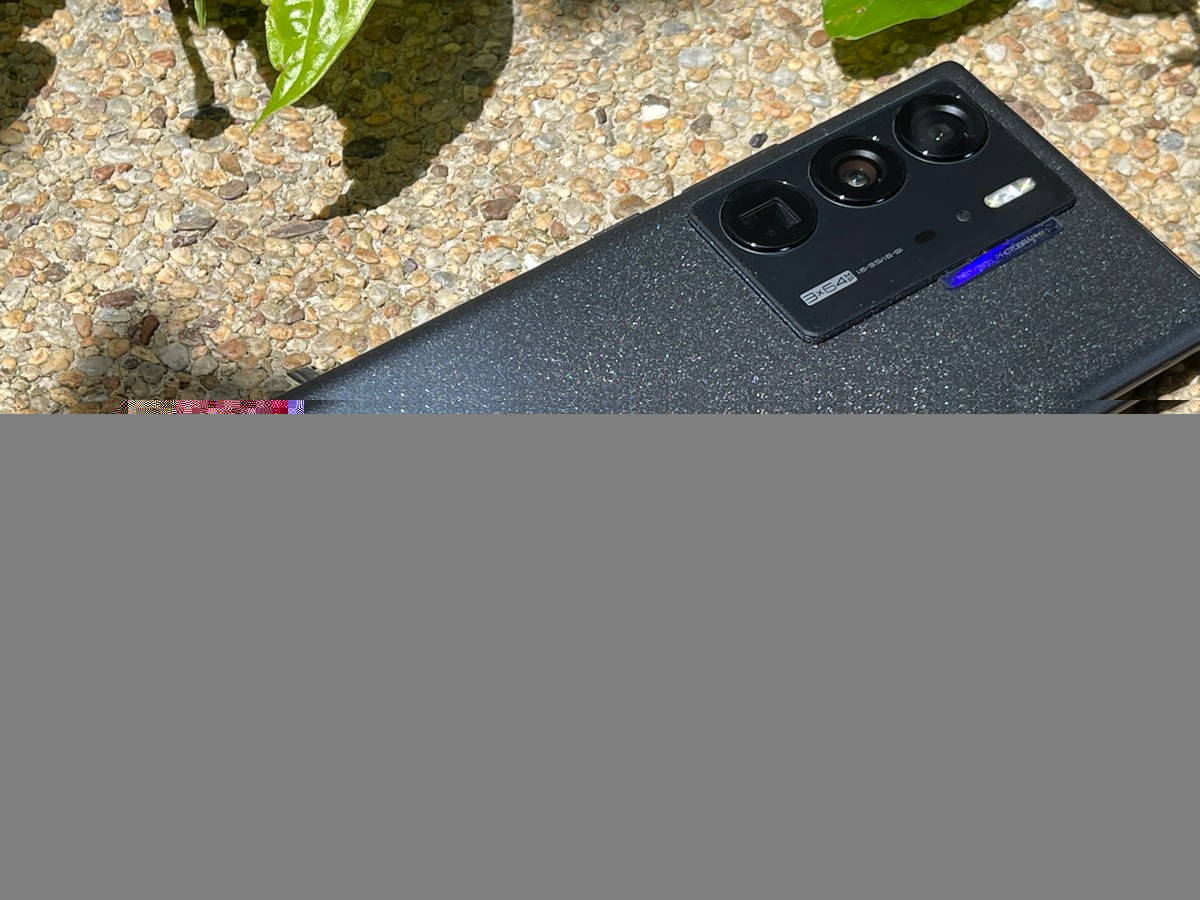 Apart from the curved display, what is most noticeable about the design of the phone is its under-display front-facing camera. This means that, unlike its predecessor, there is no notch or cutout for the front-facing camera, creating a seamless front that definitely aids with the immersiveness when watching videos or playing games.
Apart from the curved display, what is most noticeable about the design of the phone is its under-display front-facing camera. This means that, unlike its predecessor, there is no notch or cutout for the front-facing camera, creating a seamless front that definitely aids with the immersiveness when watching videos or playing games.
Unfortunately, this does come at a price to image quality which we will get to in a bit.
The phone also features an in-display fingerprint sensor, which once again is a first for me and it’s pretty cool as it eliminates the need for the sensor to be embedded into the side buttons or having a sensor placed on the back which can disrupt the overall design.
The phone looks and feels good and overall it has a nice heft and solidness to it that makes it feel truly like a premium device.
Display
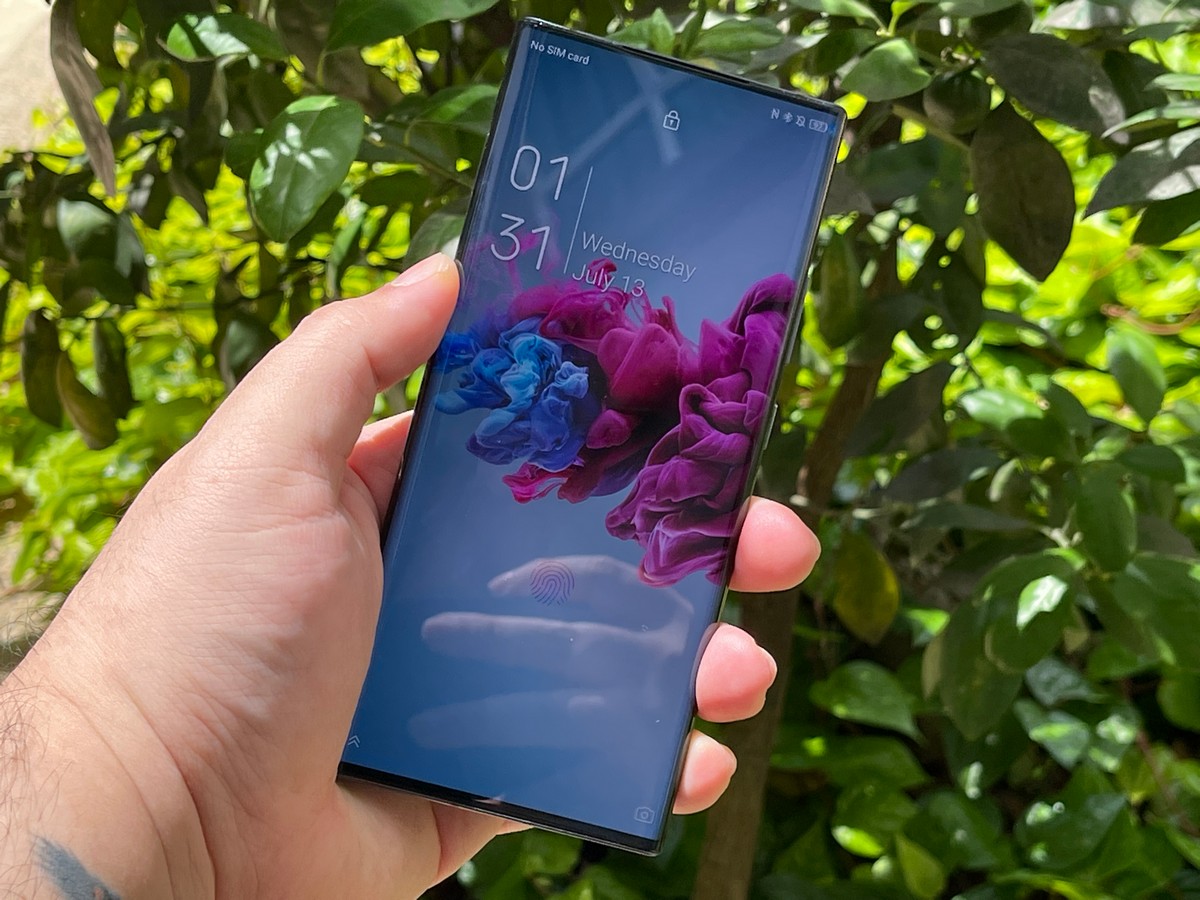 The display of the ZTE Axon 40 Ultra is nice and bright and vibrant, all the characteristics you might expect from an AMOLED panel. It also offers a 120Hz refresh rate which is par for the course for most flagship phones these days, so if you’ve ever used a 120Hz smartphone before, this is no different. Scrolling through the phone feels buttery smooth, especially when viewing websites.
The display of the ZTE Axon 40 Ultra is nice and bright and vibrant, all the characteristics you might expect from an AMOLED panel. It also offers a 120Hz refresh rate which is par for the course for most flagship phones these days, so if you’ve ever used a 120Hz smartphone before, this is no different. Scrolling through the phone feels buttery smooth, especially when viewing websites.
Keep in mind that this is an adaptive refresh rate which means that the refresh rate changes according to what’s on the display. This is designed to save battery and optimize performance, but you have the option of keeping it at 120Hz if you want, possibly at the expense of battery life.
Speaking of the display, my initial impression of the curved display is that it’s pretty rad and really helps with the immersion when watching videos or playing games. It also feels smoother when you’re trying to use gestures that require you to swipe in from the sides. But the more I used it, I started to find it a bit annoying.
For starters, gripping the phone means you will accidentally touch the display and maybe end up doing something you did not intend. The exposed sides also means that it opens itself up to more scratches and damage, especially if you keep it in your pocket next to coins and keys.
Also, sometimes part of the UI stretches over to the curved display which can make typing on it feel a bit awkward, and in some instances, it actually doesn’t register. From a design perspective, I can appreciate the curved display, ultimately it feels more novel than functional.
The display itself also houses an in-display fingerprint sensor. These are starting to become more common these days and it took some getting used to to find out where to place my finger to unlock the phone.
For the most part it worked, but it does take ever so slightly longer to unlock compared to more traditional fingerprint scanners. Also, there were some instances where I would try to unlock the phone but nothing would happen. I can’t be sure if this is a software issue or simply a weakness of in-display sensors.
I wouldn’t necessarily say this is a huge problem because all you need to do is just try again, but I can imagine that some users might find this a bit frustrating and potentially annoying. But in all honesty, I much prefer this to side or back-mounted sensors.
Cameras
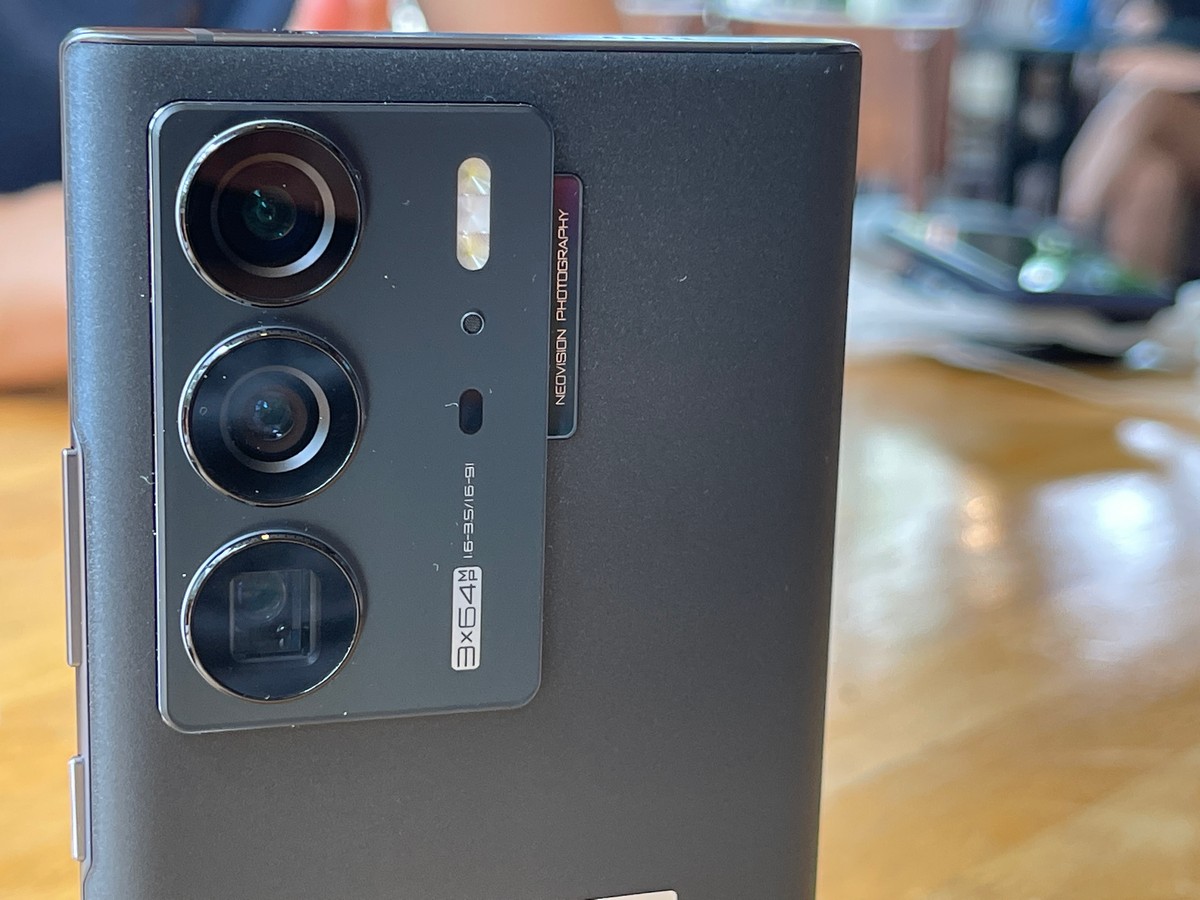 Here’s where things get a little disappointing. ZTE’s camera software is packed full of features, but it feels overly complicated. There are a lot of icons that don’t necessarily tell you what it does, so it feels a lot like trial and error.
Here’s where things get a little disappointing. ZTE’s camera software is packed full of features, but it feels overly complicated. There are a lot of icons that don’t necessarily tell you what it does, so it feels a lot like trial and error.
It also doesn’t feel very consistent across the different modes. For example, in the default Photo mode, you can tap the bottom to switch between the ultrawide, normal, and telephoto cameras. But then when you switch over to other modes like Pro mode or Night mode, those icons are gone and are replaced by new icons on the left side of the UI.
The camera software also feels kind of laggy. In the default Photo mode, whenever you try to pan around and adjust your composition and framing, the software gets in the way which can lead to stuttering. Switching over to the Pro mode seems to alleviate that, but not everyone knows or needs to use Pro mode so maybe ZTE should have paid more attention to the default mode.
As for the actual photos themselves, there’s not much to complain about, but there’s also not much to be impressed by either. In sufficient lighting, like a brightly lit room or in direct sunlight, the photos taken by the ZTE Axon 40 Ultra look fantastic. They are incredibly sharp and have a lot of detail to them.
Portrait mode is also great when you’re trying to take photos of people, but when it comes to non-humanoid objects, that’s where the camera’s software falters. To be fair, most smartphone makers probably designed portrait mode with human or animal subjects in mind, less so for objects. But seeing as other phones can still take decent photos of objects using portrait mode, it is a bit of a let down on ZTE’s end. The bokeh seems to be applied rather unnaturally as the software struggles to distinguish the subject from the background.
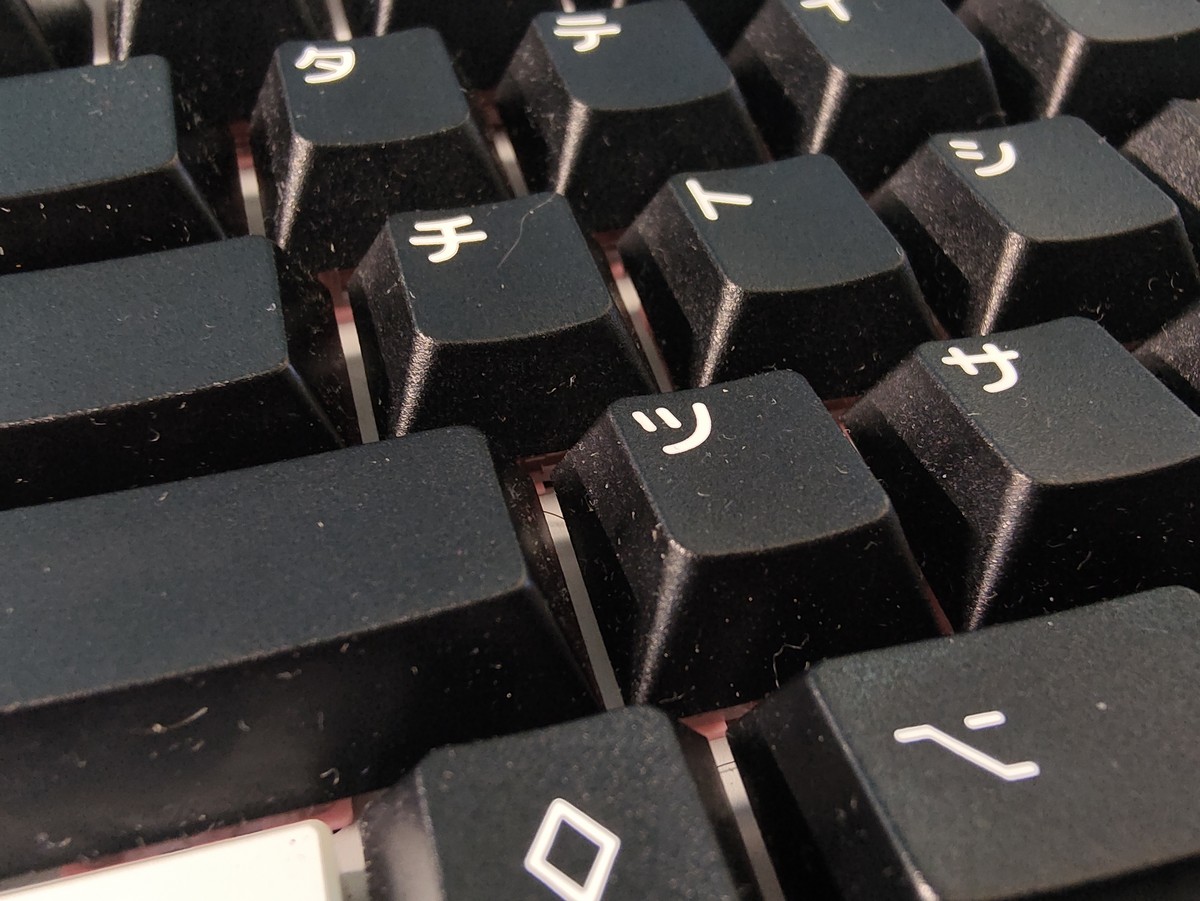 Also, when taking photos of high contrast subjects, chromatic aberrations become a lot more apparent. It is possible to fix it using photo editing software, but it’s an extra step that not users might want to take.
Also, when taking photos of high contrast subjects, chromatic aberrations become a lot more apparent. It is possible to fix it using photo editing software, but it’s an extra step that not users might want to take.
As for video recording, the Axon 40 Ultra supports multiple encoder formats and also a range of resolution of up to Ultra HD 4K @ 120fps. One of the features I like about video mode is when you start recording, there’s a slider next to the shutter button that lets you zoom in and out while recording. The zoom effect is very smooth and does not stutter, which could be great effects like the Dolly Zoom.
Now onto the front-facing camera. To create a seamless look, ZTE has opted to use an in-display camera instead of utilizing a cutout or notch. It looks great in terms of design, but when it comes to functionality, it is more miss than hit.
When switching to the front-facing camera, straightaway you will notice that the image quality on the screen looks terrible. There is a general haziness to the image and there is a lot of halo-ing going on. Unfortunately, these effects are carried over to the actual photo itself.
While the actual photo does look slightly more cleaned up compared to what you see on the viewfinder, overall it looks very soft and a lot of details are lost. It’s not hard to see why other companies like Apple and Samsung have yet to embrace the in-display camera design as clearly a lot of work still needs to be done to perfect it.
Overall, the front-facing camera is functional but perhaps not the best quality for selfies.
Performance
One of the more immediate things I noticed when I first used the phone was how it seemed to lack preinstalled apps that manufacturers tend to preload on their phones. For the most part, it feels like an almost stock Android experience that isn’t bogged down by overly complicated UIs or services.
This resulted in an extremely smooth experience out of the box that carried over to the rest of the operation of the phone.
Seeing as this is powered by the Qualcomm Snapdragon 8 Gen 1 chipset, performance in terms of how apps run and how smooth they feel was not an issue. Apps launched quickly and felt snappy. Combine that with the 120Hz refresh rate and it honestly feels amazing. I had no issues running day-to-day apps like browsers, messengers, and email, but what about apps that require more resources?
It turns out that the phone has no issue with more intense applications, even over prolonged periods of time. Playing more resource-intensive games like Diablo Immortal on the phone and putting its settings to the highest possible that the game allowed, it performed like a dream.
Typically when you play games that have a lot going on on the screen, it can stutter as it tries to render everything, but for the most part, I encountered no such issues, even when there were a lot of monsters, players, and effects taking place all at once. The phone did get a bit warm during gameplay, but this is to be expected and it did not feel like it got overly hot to the point where performance might be impacted.
Battery life
The battery life on the Axon 40 Ultra is pretty good. Coming in at 5,000mAh, it is on the larger side compared to most other phones which usually come with 4,000-4,500mAh batteries.
I typically play maybe an hour or two of games a day, check emails, order food, send messages, and browse social media. You might use your phone differently so your mileage will most definitely vary from mine.
Playing Diablo Immortal on the phone at max settings and framerates at 60fps and with max volume, the battery dropped by about 9% after 20 minutes of gameplay. Lowering the settings to their lowest possible levels improved the battery consumption by nearly half with a drop of 4% after about 20 minutes of playtime.
Streaming about an hour of videos on YouTube saw battery life drop by about 5-6%, which is actually very decent, which means that more likely than not, the phone should have enough battery to get you through an entire day.
ZTE does advertise 24+ hours on its website, but like we said, it really depends on how you use it. If you’re going to game all day, then don’t be surprised if the phone is dead by the end of the day.
Thankfully, the included 65W charger does a pretty good job at topping up the phone pretty quickly. About 30 minutes in from 0%, the phone hit 80% which is very good, and around 40 minutes or so it was fully charged.
Conclusion
ZTE Axon 40 Ultra Rating: star_fullstar_fullstar_fullstar_75star_empty (3.7 / 5)
The Good
- Beautiful, vibrant display
- Excellent battery life
- Performs day-to-day tasks without a hitch
The Bad
- In-display camera quality leaves a lot to be desired
- Main cameras have noticeable chromatic aberrations
- Curved screen design makes it a bit hard to grip without accidentally touching the display
The Bottom Line
Priced at $799, the ZTE Axon 40 Ultra has quite a bit of competition, especially from more mainstream brands such as Samsung. But overall, it is a solid performer with clean-looking software and near-stock Android experience. The curved display is excellent if you watch a lot of videos and play a lot of games, and we can appreciate the future forward design of an in-display camera. The only downside are its cameras that would have otherwise made this phone truly amazing.






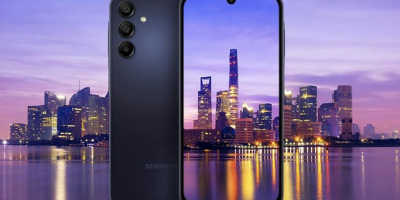
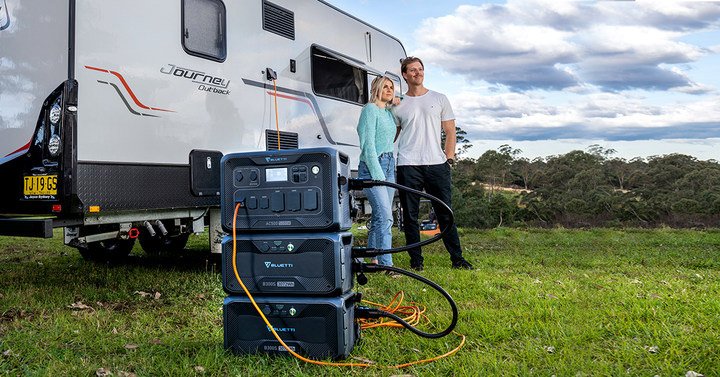

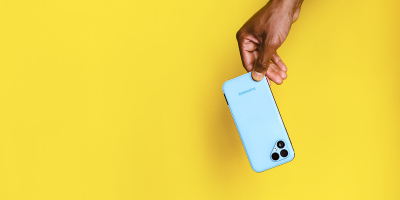


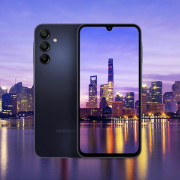

Comments